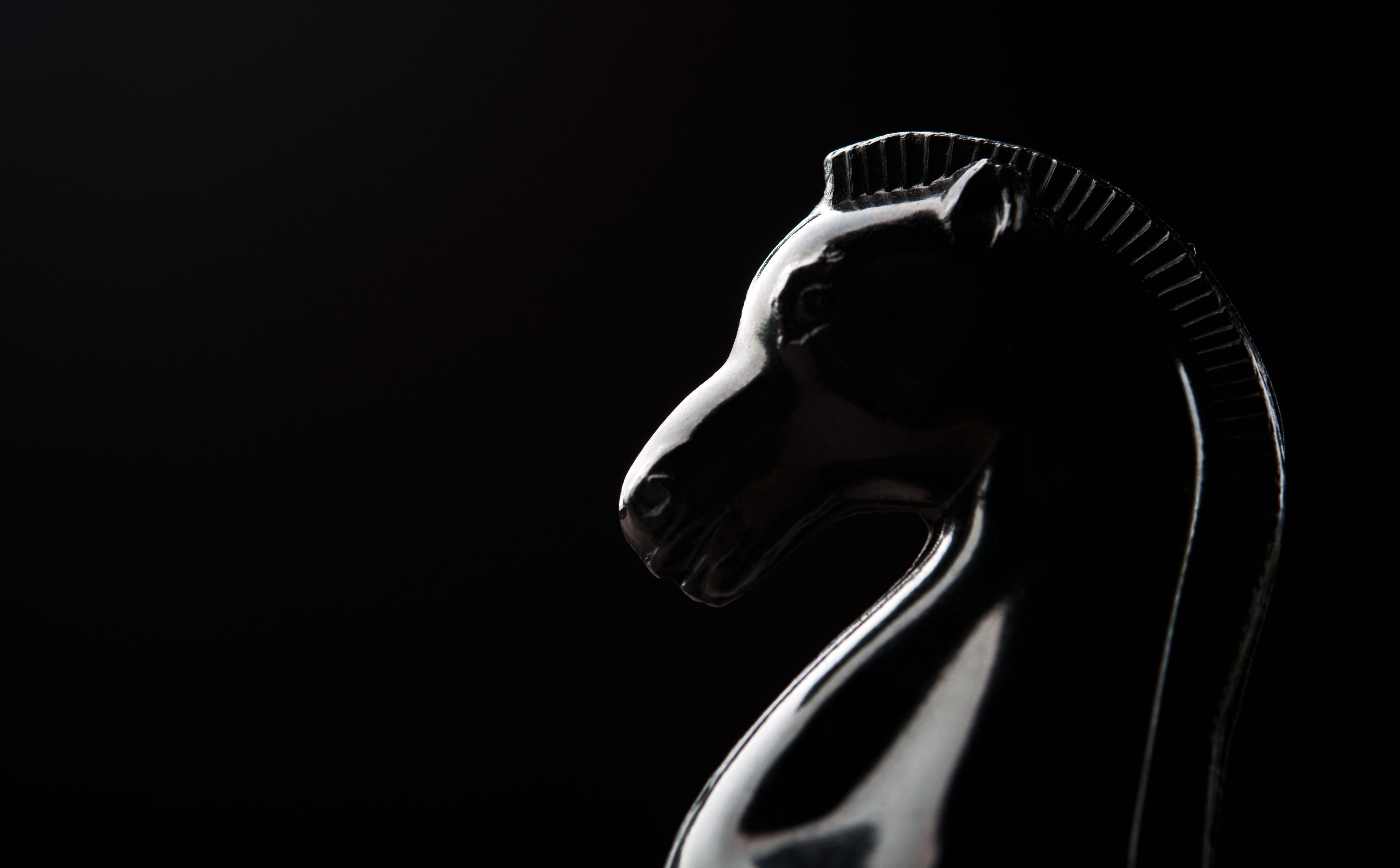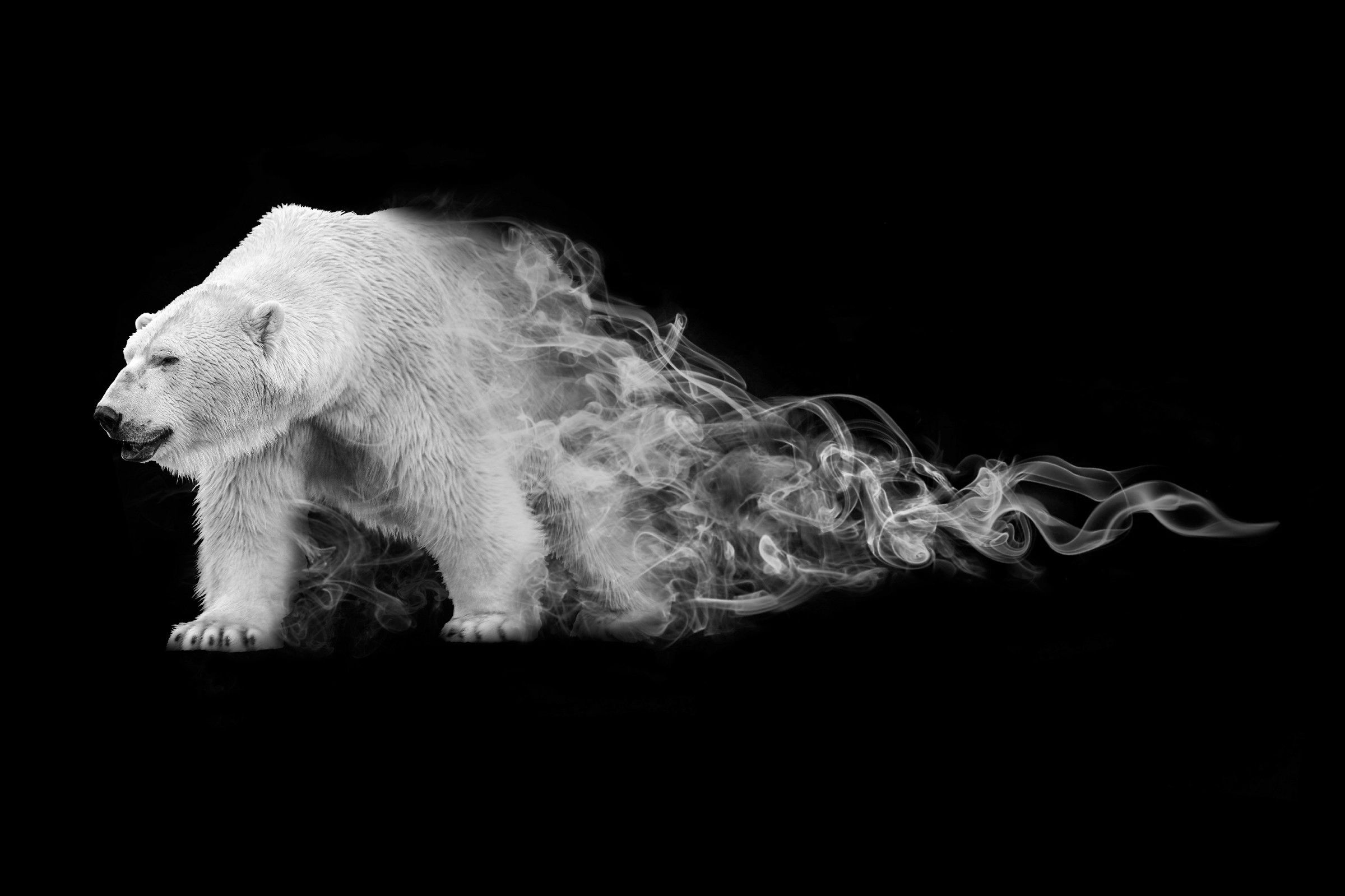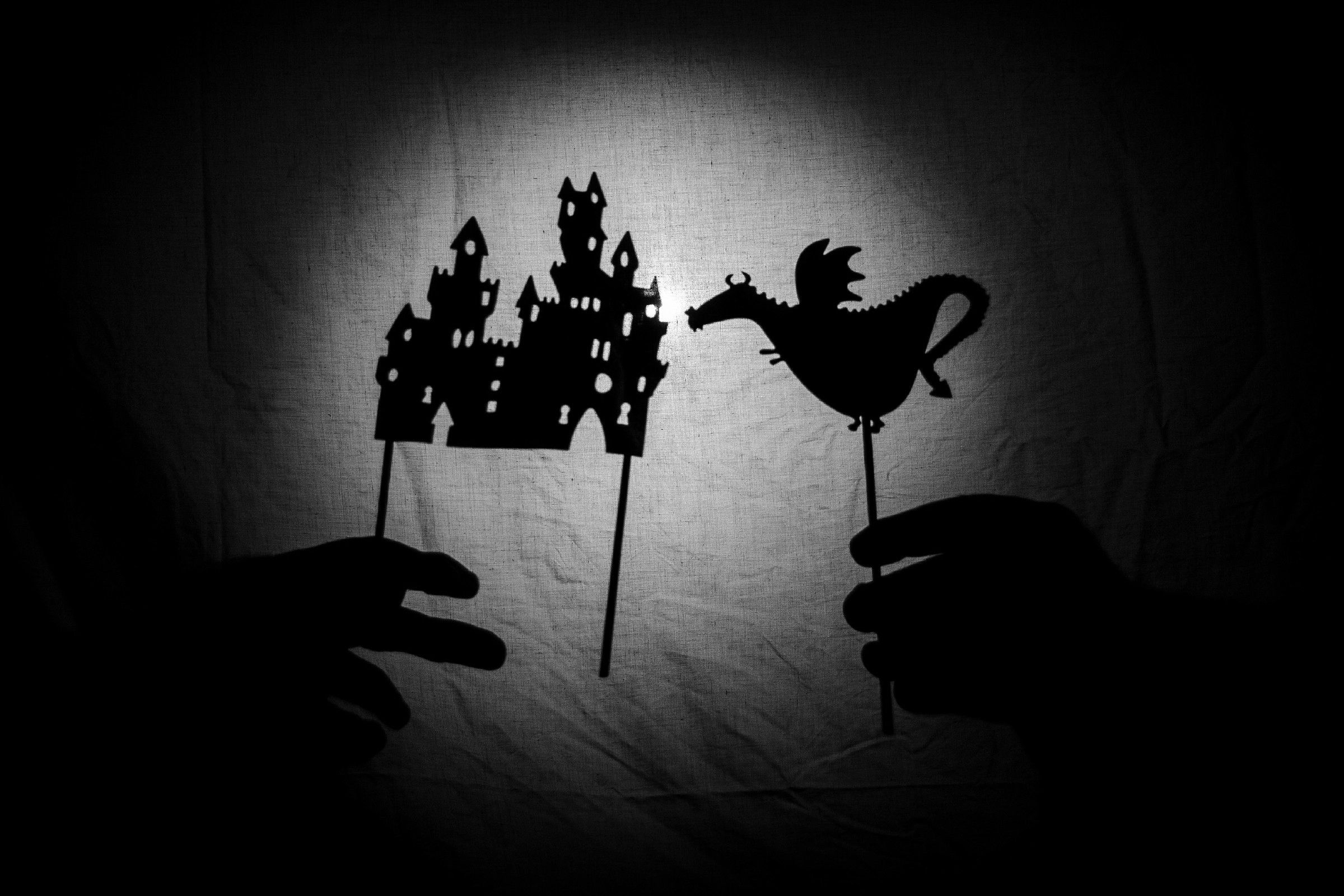Case study
Enel X Way
Their story
-
Enel X Way is a subsidiary of Enel Group, Italy's national electricity company, founded in 2017. The company is dedicated to renewable energy and the innovative use of energy, with a focus on the further development of e-mobility.
To this end, they have created and started marketing the Enel X JuiceBox family of electric vehicle chargers. Available in three different configurations, this device can be conveniently integrated into the existing power system in the electric or hybrid vehicle operator's home and can be easily and intuitively operated with the JuiceApp app.
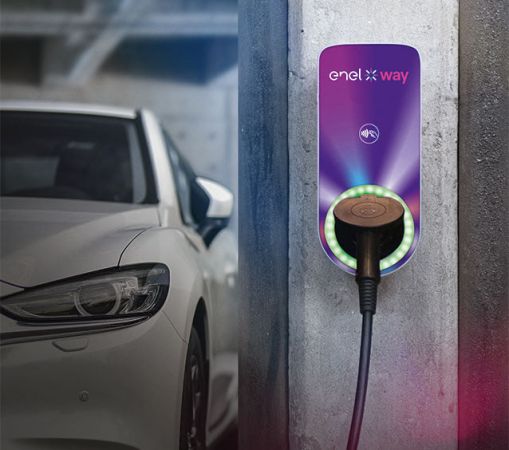
The challenge
Enel X selected Meraki through an international tender. Our brief was to create and run a campaign in four countries (Norway, England, Germany and France) to promote and increase the sales of JuiceBox products, while also raising awareness of the company's name in the B2C segment.
So as well as launching a brand new brand, we had to localise messages (both linguistically and by target audience), while also paying attention to subtleties such as the character count difference between languages - German, for example, has a lot of complex, long words, so we had to shorten messages significantly in that language due to Facebook and Google's limitations.
And in the middle of the project, the company originally called Enel X was rebranded and became Enel X Way. The new brand naturally involved a rebranding, which we had to be the first to implement in the campaign, as the rapid change meant that there was no branding manual yet.
With this in mind, we had to create the framework and content for the digital campaign.
The solution
We have signed an exclusive cooperation agreement with the technology provider POMS Cloud Ltd., based in Ireland and Hungary. POMS' software, unique in Europe, allows for automated, creative, personalised advertising that is easily adaptable to multiple markets, languages and formats. This makes it possible to mass produce and target ads with different creative after providing initial inputs. Personalisation has been extended to images, text, headlines and call-to-action messages. This means, in practical terms, that any or all parts of an ad can be automated and personalised based on the user's profile, arrival location, demographic, etc.
During the media planning we selected the following channels: Google Search, Programmatic Display, Facebook.
By varying the elements of the ad from an initial English ad, we generated thousands of additional ads for the Norwegian, UK, French and German markets. We constantly monitored the results and replaced underperforming ads with new, more effective ones.
Without POMS, even a major agency would not have had the capacity to create such a wide range of digital products, adapted to the needs of the target audience in every aspect of the ad.
A total of 7665 variations were created from the ads, 1533 combinations in 5 sizes.
The results
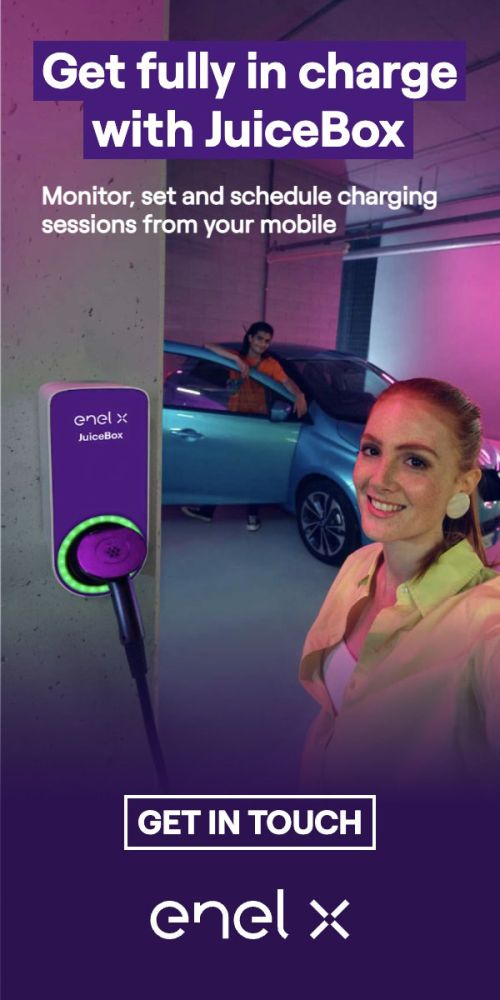
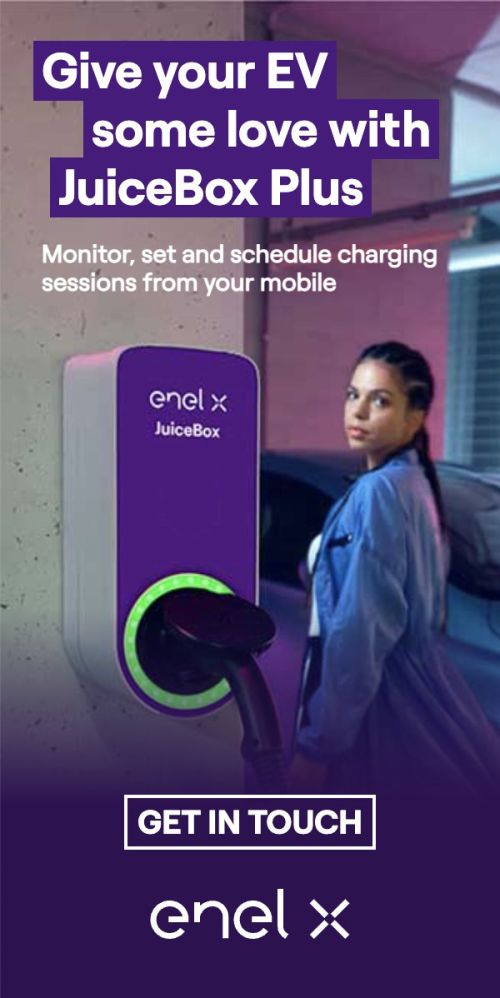

Thanks to automated, parameterised content generation and continuous optimisation, the campaign exceeded industry standards in several areas:
- headlines achieved click-through rates 11% higher in the French market and 36% higher in the German market,
- interest in the product offer increased by 21% in the German market and 27% in the French market.
The team

Török Bence


